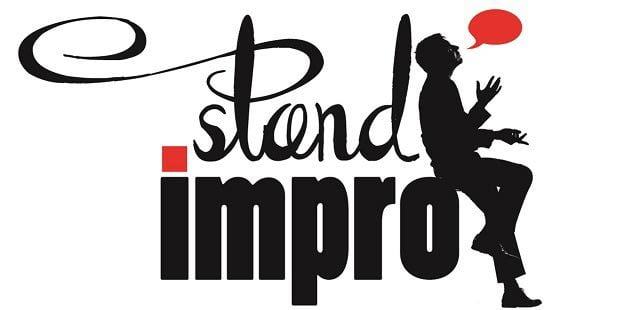Be confident with your audience
A journey from fear to enjoyment
The stress encountered when we face an audience is one of the most commonly described fear. “I blush and lose control of the situation,” or “My breath and my heartbeats are accelerating! I can’t stand my own voice”. Or even “A couple of days before presenting, I start to feel bad.”
According to several surveys, after death and disease, public speaking is commonly stated as the number one fear above everything else.
Many people face such a difficult situation. They have tried various approaches to get rid of this burden, but unfortunately, there is no real change.
Are we condemned for the rest of our life to wait for the next presentation to be a public disgrace? Is there a possibility of a real improvement in this situation at all? Why have every taken measures failed so far?
Not self-confident in front of an audience: an immutable fate
“Only those who dare to fail greatly can ever achieve greatly.” – Robert F. Kennedy
Why is public speaking so stressful?
The phenomenon of stress or fear is directly linked to the research field of neuroscience. Modern discoveries show pieces of evidence that the reptilian part of the brain is responsible for secreting the related hormone in our bodies: cortisol. This biological process also explains the temporary amnesia a speaker might be facing. “Why didn’t I speak of it?”
The good news is that the scientific community agrees that this embarrassing level of hormones can also be modified withing a concise moment. Thanks to the openness of the body.
Amy Cuddy, a Social Psychologist at the Harvard Business School, highlighted this process through her research. On the following video, you can discover more about how cortisol (fear) and testosterone (confidence) are playing their role:
Vicious versus virtuous circles
“All the great speakers were bad speakers at first,” Ralph W. Emerson.
Being self-confident in front of any audience is a crucial asset. Some people are somewhat introverted, while others extraverted by nature. The first mistake would be to think that only some people are good at public speaking while others are not. Appearing confident in front of an audience is a long path that requires specific steps. Think of Dr. Martin Luther King, who is now a historical reference of the American rhetoric. He didn’t start speaking with such eloquence. It is rather his relentless efforts that led him to Capitol Hill in 1963. “I Have A Dream” speech is an excellent example of a man who could transmit his vision and legacy as the result of revealing his true self in front of the crowd.
It has to be noted that being self-confident doesn’t only rely on our willingness to be this way but instead on our capacity to perceive ourselves through the eyes of others. For this reason, if you have the feeling that people don’t like your speeches, it will actually have a greater effect on your self-esteem. While self-perception and other people’s perceptions are deeply intertwined, it is impossible to enjoy public speaking if the dynamic you’ve created is negative.
But the opposite is also true. It is possible to create a positive dynamic in a very short time. Your ability to face down the reality of a presentation through other people’s perceptions is the key. It allows you in this way to create short-term objectives strategies (STOS) as well as long-term objectives strategies (LTOS) to create a positive dynamic ; the only and real sustainable solution for the years ahead.
Everyone is different, so are the needs and the adequate strategies to set up.
Break the chains!
“Tension is who you think you should be. Relaxation is who you are,” a Chinese proverb.
To be stressed in front of an audience is not a fatality. Everybody has the means to understand the mechanism of stress and set oneself in a positive dynamic in the long-run. Throughout the years, I trained many people accomplishing those steps giving beautiful testimonies: “Stress is not an issue anymore and I actually enjoyed doing such performance now.”
Stand’Impro’s approach aims to mix several approaches. Neuroscience and sociological behavior (MBTI or four colors) with theater and one-man-show techniques. From Aristotle to Dale Carnegie, several presentation techniques are addressed. The main key of our training is to give you the keys to set yourself in a so-called positive Pygmalion process or in simple words: make yourself look beautiful!
Change the way you look at things and the things you look will change.




